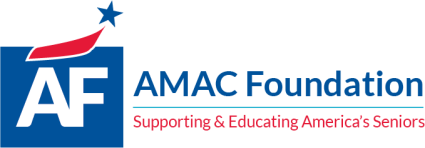The Uninsured: A Primer – Key Facts about Health Insurance and the Uninsured in the Era of Health Reform
(By – Melissa Majerol, Vann Newkirk, and Rachel Garfield – Kaiser Family Foundation)
Millions of people in the United States go without health insurance each year. Because nearly all of the elderly are insured by Medicare, most uninsured Americans are nonelderly (under age 65). A majority of the nonelderly receive their health insurance as a job benefit, but not everyone has access to or can afford this type of coverage. The Affordable Care Act (ACA), which was passed in 2010, aimed to expand coverage by providing for an expansion of Medicaid for adults with incomes at or below 138% of poverty, building on employer-based coverage, and providing premium tax credits to make private insurance more affordable for many with incomes between 100-400% of poverty.1 Most of the major coverage provisions of the ACA went into effect in 2014, and millions of people have gained coverage under the law. However, many continue to lack coverage for a variety of reasons. For example, Medicaid eligibility for adults remains limited in states that have not adopted the expansion, some people remain ineligible for financial assistance for private coverage, and some still find coverage unaffordable even with financial assistance. Read more…
Notice: The link provided above connects readers to the full content of the posted article. The URL (internet address) for this link is valid on the posted date; medicarereport.org cannot guarantee the duration of the link’s validity. Also, the opinions expressed in these postings are the viewpoints of the original source and are not explicitly endorsed by AMAC, Inc.; the AMAC Foundation, Inc.; or medicarereport.org.
